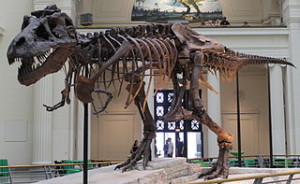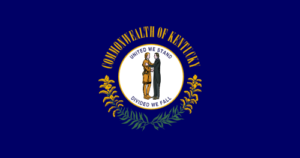
Sue, the skeleton of a T Rex
Dinosaur Day is today! Celebrated on the third Tuesday in May and on June 1, the day can be filled with all things dinosaurs: facts about dinosaurs, songs about dinosaurs, posters about dinosaurs. Children could make plaster of Paris dinosaur eggs or footprints. Foodies could make dinosaur-shaped cookies. Children could learn more at: https://kids.nationalgeographic.com/animals/prehistoric.


